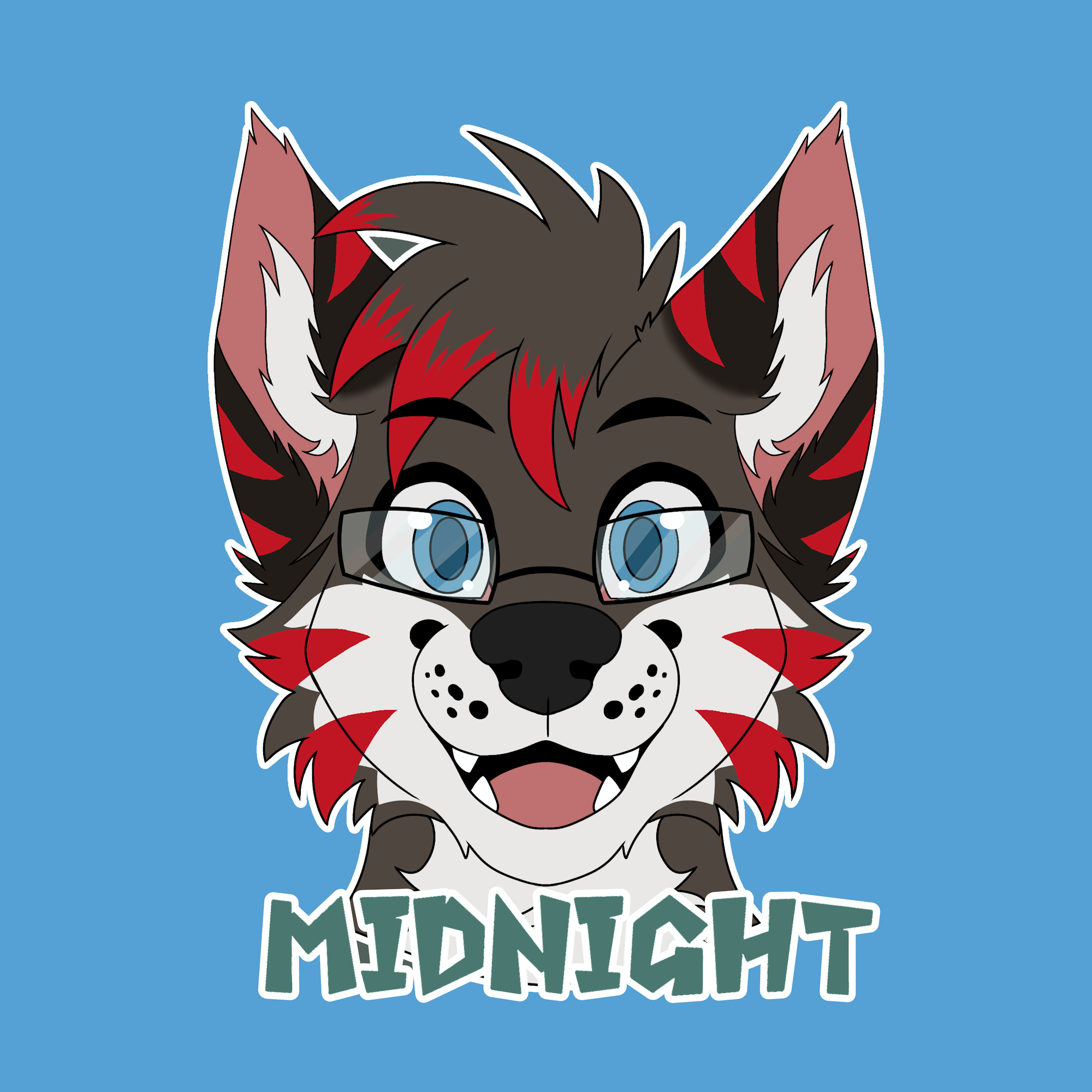Today, let’s take a nostalgic trip down memory lane with a little “What if…?” scenario. Remember the Sega 32X? It was this ambitious add-on for the Sega Genesis that aimed to catapult the beloved console into next-gen territory. While it didn’t quite hit its mark, it left us wondering: what other classic consoles could have benefited from a similar leap forward?
Let’s imagine—what if the N64 had gotten an “N128” upgrade? Could it have kept up with the PS1 and Saturn in that fierce console war era? Or maybe there’s another platform itching for a second wind, like the SNES or even the beloved Game Boy!
What other consoles do you think should’ve received their own “next-gen” add-ons?
The closest we got were all the hardware revisions for the pcengine and sg 1000. The newer versions of all of those flopped. Like someone said it ends up splitting the player base. It really only works when you kill off the old console so players are forced to move up. See the GameCube -> Wii -> Wii U (which failed mostly because people thought it was an addon like the 32x.)
That said the n64 was the most powerful console of that generation. It was developed for Nintendo by sgi, who did a lot of work on early computer graphics for movies. A 32x equivalent could have pushed it to Dreamcast territory.
The 32X was one of the things that killed Sega. Making add-ons or expansions for existing consoles has proven to be a failed business model.
The problem? It fragments the player base. Game developers want the largest number of people to be able to buy their games. If your console has 3 different add-ons and only a fraction of the players have each one then game developers are going to ignore that add-ons to focus on developing for the base console which they know everyone will have.
So you end up spending a lot of time and money developing add-ons that developers are all but guaranteed to ignore and so players will ignore the add-ons because they don’t have enough games available for them. You’re far, far better off taking the time and money you would have put into an add-on and instead put it into the next generation console.
Yes, for the same reason (fragmented player base) it’s also hard to convince developers to move to your new next gen console. However, you have a few advantages with a new console that the add-on doesn’t have. For one, you can sell the new console to customers who never bought your previous console. For another, you’re not restricted by the hardware requirements or limitations of the old console in any way. This makes the new console easier to develop and easier to distinguish (graphics wise), making it a much more attractive buy for customers. The ease of development of the new, clean-slate console means it can often be a lot cheaper but also with better graphics and sound, more capabilities etc. because it doesn’t rely on the old technology (electronics wise) of the previous console.
Lastly, and this is a big one, you can convince game developers that the next gen console is the future and you are going all-in on it by stopping sales of the old console. You can’t do that with an add-on for obvious reasons!
Even developing the next generation isn’t a guarantee of success.
The Commodore 128 was a failure. It was far superior to the 64, but they made it backwards compatible by literally embedding a Commodore 64 inside. Software developers just kept developing for the 64.
On the other hand, backward compatibility has worked well for Nintendo and Sony.
Oh yes, the 32X was one of the things that killed Sega. It wasn’t the only thing.
The Sega Saturn, as beloved a console it is with fans now, was deeply flawed. Because Sega couldn’t make up their minds whether to stay with 2D sprite hardware or to go all-in on 3D (as the PlayStation and N64 did), they ended up doing the worst compromise and including hardware for both.
The result, a dual-CPU and 8 processor architecture, was complex and difficult for developers to take full advantage of. It was also very expensive at $399 US, a full $100 more than the $299 PSX.
A big issue with the Saturn’s development was that Sega of America president Tom Kalinske wanted to make a deal with Silicon Graphics but Sega of Japan refused. As we all know, Nintendo made that deal and the Nintendo 64’s powerful hardware was the result.
Sega Saturn’s failure wasn’t just a major financial setback for Sega, it really damaged Sega’s brand in the consumer eye. They went from extremely cool with the Genesis / Mega Drive to out of touch and irrelevant with the Saturn.
The fact that the Dreamcast later fixed all of the Saturn’s issues made it an awesome console, but it was too little too late!
There may be more sold PS1’s but four controllers and having joysticks before PS and having big titles, Zelda, Mario, etc, I think N64 was pretty even with the PS1.
I think hindsight bias is always a factor when talking about old video games. The N64 was a runt in sales but the library was stacked in my opinion. But it sold nearly as many U.S. units as the SNES or Genesis, so the fact that the PS1 was such a blockbuster doesn’t reduce the N64’s quality.
Catalog wise, I always felt that the N64 had enough games until at least 1999 when the PS1 pulled away. It had better shooters (with awesome multiplayer) and great party games.
People in 2025 should remember that some folks were lucky enough to have both systems, which plays a factor too.
Nintendo kept sticking with hardware that was difficult to develop on, capacity wise, and nintendo didnt want their content to mature with its audience. So devs were more than happy to switch to the new cd based system from sony.
I wonder how many devs started workin on projects when nintendo shitcanned their cd add on.
Square basically abandoned nintendo, and ill say squaresoft games of the nes and snes era are best examples of non nintendo ip ever produced for those systems, though im absolutely biased on that ill admit, that doesnt mean im not correct
There was a prototype CD add-on for the SNES. Due to a falling out, it was eventually released independently as the Sony PlayStation.
This was immeasurably more successful than the Nintendo CD could’ve ever been.
Let’s imagine—what if the N64 had gotten an “N128” upgrade?
You are describing the 64DD.
I’m still mad we never got the N64DD. I wanted to play mario studio!
To be fair, the N64 did get the memory expansion pack which some games required. It used the extra RAM for higher resolution, better draw distance, and more detailed textures.
The N64 also had a hard drive add-on in Japan, and the NES had a floppy drive (also in Japan).
I’m content with the path history has taken. The Sega Tower of Power seemed awkward to me. Granted, you didn’t have to have every add-on installed at the same time, but a lot of people did.
Ah yeah, you can say the same about the Saturn’s RAM pack. The thing for me is the 32X was hyped as making the Genesis a “next-gen”. If you look how it works, it’s not too far from what I would consider the truth. With the 32X plugged in, the Genesis is more or less a display-device for the 32X, and things that would be in no way possible, like having Virtua Fighter on Genesis, it feels a lot more impressive than the N64 + expansion pack, which mostly unlocked better textures.
Yeah, I don’t think I can recall anything else like the 32X. Like you said, it was basically a standalone system that used the Genesis for all of its I/O (didn’t it also need its own power cable, too, rather than drawing from the cartridge slot on the Genesis?)
I think the closest we got, aside from the memory expansions, were things like the SuperFX chip in some SNES games. StarFox and a few other games used those, and it did some co-processing inside the cartridge. It didn’t turn the SNES into an N64, but it did allow it do more things than it was originally designed to do.
Makes sense. From the breadboard computer building side, it is easy to build a basic computer with anything like a Z80, 6502, or 68k. It is much more of a pain to interface with video and to a much lesser extent I/O.
It probably would have been more interesting if the video and I/O were designed as an independent system with a rear inserted SBC-like cartridge that housed the principal processor and memory. Like what if our first consoles were still relevant, and only the controllers had really evolved? Assuming that these could have survived the intermediate era of disc media data density into the era of high density flash memory, we might still be using cartridges. The NVME is basically a game cartridge analog.
I feel like console add-ons would have been better for everyone. I like the idea of being able to squeeze more life out of an existing console because it means not everyone has to rush to get the new one. Modular upgrading is one of the bigger reasons I’m a PC gamer.
Couldn’t agree more. Consoles not being upgradable is the reason why I exclusively play PC games.
It’s no surprise that the 32X failed; I don’t know what Sega was thinking when they decided to go back to a sound chip after everyone already got used to PCM audio with the Sega/Mega CD. I think if the Sega CD was delayed long enough to add a 3D accelerator, they could have canceled both the 32X and Saturn, dropped the upgraded Mega CD in 1994 for $249, and absolutely dominate the 5th gen before the PlayStation ever got a chance.
It was cool but way too expensive for what it did when it launched. I picked it up along with lots of its games when it hit the discount rack and really enjoyed it. There were also SegaCD-32x games that were also on the clearance rack. It pointed out to me how much development fragmentation was occurring at that time in the console wars.
The thing is, the 32X in isolation isn’t bad! The games were actually pretty decent, especially for the time in which they were released. The real problem was Sega’s attention was divided among the Sega CD, the Saturn, and the 32X. This confused consumers and manufacturers alike with everyone sitting on the sidelines waiting to see what would “win”. Meanwhile, Sony was about to drop the Playstation and that single platform with more focus totally destroyed a distracted Sega.
As another example, the Saturn is actually great as a 2D console. The 3D stuff was more or less shoehorned in / talked up once the Playstation started to get some hype.
If Sega had JUST released the 32X and got the full force of the company behind it, history might have played out quite differently.
The games were actually pretty decent, especially for the time in which they were released.
This statement isn’t universally true. There were some fantastic games that really used the hardware like Shadow Squadron or T-Mek. However there were also games that barely used it, but slapped the 32x logo on the game offering little to nothing of added effects or gameplay. Primal Rage was one of these. The only 32x anything used was a side scrolling background. The made game was the same 2D fighter from Genesis. Many of the SegaCD/32x games were this way too.
Again I was buying the games on the cheap, but if I’d paid full price for Primal Rage and only got that slight background effect, I would have been very disappointed.
Sure, it wasn’t universally true, but consider if all the games that landed on Saturn, Sega CD and 32X instead landed just on the 32X. You would have had a lot more decent titles on the 32X to choose from, and the power of Sega promoting a single platform and vision would have probably brought even more studios and publishers onboard, because it would seem like a better investment.
Making games for a home console was crazy expensive back then, and unless companies were confident in the platform, they just wouldn’t do it. Check out the difference in quality between Atari 2600 shovelware vs. early NES titles.
The problem with a platform with limited titles is it makes the stinkers really stick out. Look at the Jaguar – very few “killer apps” to be remembered.
SegaCD was solving for a different problem that 32x didn’t solve. Back then data storage was EXPENSIVE because it was in ROM ICs in cartridges. Each requiring expensive components and assembly. CDs solved the data storage problem making storage dirt cheap and very fast to reproduce.
The Genesis platform was a 5 year old console platform when 32x was released. The days of getting 8+ years out of a hardware platform were gone with the Famicom/NES. Technology had evolved quite a bit and the underlying Genesis platform was not up to competing with N64 which would arrive just 3 years later.
The problem with a platform with limited titles is it makes the stinkers really stick out. Look at the Jaguar – very few “killer apps” to be remembered.
I don’t disagree, but Genesis’s issues were too many, even compared to Saturn. Genesis, even with SegaCD and 32x couldn’t compete with Saturn, certainly not with N64 or PS1.
it’s a shame that this period of chaos at SEGA ended up giving console add-ons such a bad name. people were willing to shell out for add-ons in the cartridge, with how well SuperFX games did even though you were essentially buying the same upgrade over and over. people were and still are happy to buy mid-generation refreshes too like the DSi or the Master System even though if they already had the system they had to essentially buy it again. add-ons like this are more consumer friendly and more environmentally friendly
SuperFX games were much more streamlined in their use. You didn’t have to know that a game had SuperFX, or even know what that was, to play the game. You didn’t need to buy a new piece of hardware that was only good for a few games, which was the biggest factor.
Console add-ons are often attempted and rarely (never?) successful.
Did SuperFX games even cost appreciably more than regular games? It’s hard to argue that you’re buying it over and over if you’re essentially getting it for free.
as i understand it prices varied widely because ROM size was a huge factor, so a massive jrpg and a smaller superfx game could cost the same amount. i’d be very suprised if any developers just ate the cost of it considering the chip shortages of the mid 90s
from the thumbnail
…but you can already buy paper shredders…?
and mushrooms too









